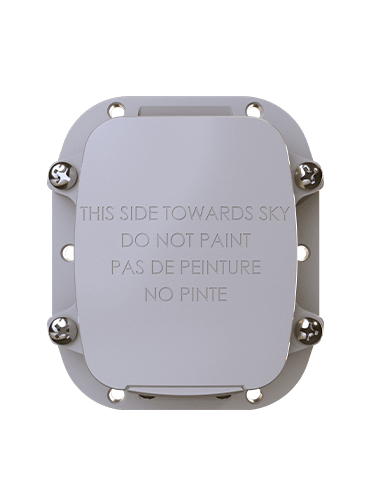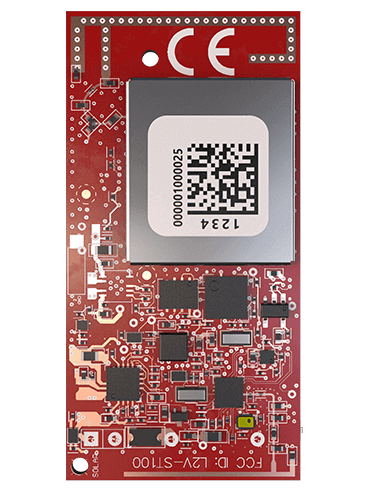Around the World Connectivity for IoT: Why Satellite is Key to Global, Reliable Coverage
The Internet of Things (IoT) is revolutionizing industries worldwide, from logistics and agriculture to energy and environmental monitoring. As IoT adoption scales, one of the biggest challenges is ensuring consistent and reliable connectivity – especially in remote, rural, or mobile environments where terrestrial networks fall short. Satellite connectivity has emerged as a critical solution, delivering seamless global coverage and solving the pain points of traditional network infrastructures.
With advances in satellite technology, particularly the rise of low Earth orbit (LEO) constellations, IoT devices now have access to low-latency, fail-proof communication networks.
The Role of Satellites in IoT Connectivity
IoT devices rely on reliable connectivity to function effectively. Whether tracking assets across international borders, monitoring environmental conditions in remote areas, or ensuring communication for emergency response teams, uninterrupted data transmission is non-negotiable.
While cellular and terrestrial networks provide reliable service in urban and suburban environments, they often lack the necessary reach and resilience for mission-critical IoT applications. Satellite connectivity bridges this gap by offering always-available, anywhere coverage that IoT deployments require.
Satellite networks ensure that IoT devices remain connected regardless of location–whether monitoring an oil rig offshore or nearshore, tracking cargo across continents, or enabling smart agriculture solutions in isolated farmlands. With satellite, IoT deployments achieve seamless, borderless communication without the complexities of roaming agreements or reliance on fragmented territorial infrastructure.
One-Way vs. Two-Satellite Communication in IoT
Satellite IoT solutions fall into two primary categories: one-way and two-way communications.
- One-way communication: This is ideal for applications that require consistent data transmission but do not require remote command capabilities. One-way satellite is commonly used in asset-tracking sensor monitoring and remote environmental data collection, where devices only need to send data to the network without receiving commands.
- Two-way satellite communication: This technology enables both data sending and receiving, making it essential for interactive applications such as remote equipment diagnostics, emergency response, and industrial automation. With two-way satellite communication, businesses can collect real-time data and issue commands to IoT devices, ensuring more dynamic and responsive operations.
By leveraging the right type of satellite communication for their needs, businesses can optimize cost and maximum efficiency and ensure uninterrupted connectivity in even the most challenging environments.
The Rise of LEO Satellites for IoT Connectivity
Not all satellite networks are created equal. The positioning and architecture of satellite constellations play a crucial role in their ability to support IoT applications. Traditionally, satellite connectivity was dominated by Medium Earth Orbit (MEO) and Geostationary Orbit (GEO) satellites, each with distinct advantages and limitations, but Low Earth Orbit (LEO) are rising in demand:
- GEO Satellites: Positioned approximately 35,000+ km above Earth, GEO satellites provide extensive coverage with fewer satellites. However, their high altitude increases latency, making them less ideal for time-sensitive IoT applications.
- MEO Satellites: Operating at altitudes between 2,000 and 35,000 km, MEO satellites offer lower latency than GEO but still lack the responsiveness required for real-time IoT operations.
- LEO Satellites: Positioned at 500-2,000 km altitudes, LEO satellites provide the lowest latency and highest data speeds of the three. Due to their close proximity to Earth, they are well-suited for IoT applications requiring real-time data transmission and lower power consumption.
As LEO satellite constellations expand, they are revolutionizing IoT connectivity by offering:
- Lower latency for faster data exchange
- Stronger signal strength for better coverage in obstructed environments
- Increased reliability with multi-satellite redundancy and path diversity
- Excellent performance in a mobile environments
Solving Roaming Challenges with Satellite
One of the biggest connectivity challenges for global IoT deployments is network roaming. Cellular networks rely on regional carriers, leading to inconsistent coverage, expensive roaming fees, and complex agreements that limit operational efficiency. Satellite connectivity eliminates these issues by providing a single, global network that IoT devices can access regardless of location. Instead of navigating multiple carrier agreements, businesses can deploy satellite-enabled IoT solutions with confidence, knowing they will remain connected worldwide without interruptions or additional costs.
With LEO satellite networks, global IoT deployments benefit from:
- Seamless cross-border connectivity without reliance on terrestrial infrastructure
- Consistent data transmission in remote and hard-to-reach areas
- Cost-effective scalability without the complexities of managing multiple network providers
Around the World Connectivity with Globalstar
Satellite connectivity has become indispensable to the IoT ecosystem, providing reliable, global coverage that traditional networks cannot match. With the rise of LEO satellite technology, IoT devices can now achieve real-time connectivity, lower latency, and cost-effective scalability for mission-critical applications. Whether for asset tracking, environmental monitoring, or industrial automation, satellite ensures that IoT remains connected anywhere on the planet – without the limitation of cellular networks.
As businesses expand their IoT deployments, integrating satellite connectivity is no longer an option – it’s a necessity. The future of IoT is borderless, and with satellite, global connectivity is now within reach.
 SmartOne Solar
SmartOne Solar SmartOne C
SmartOne C ST100
ST100 STX3
STX3 SPOT X
SPOT X SPOT Gen4
SPOT Gen4 SPOT Trace
SPOT Trace